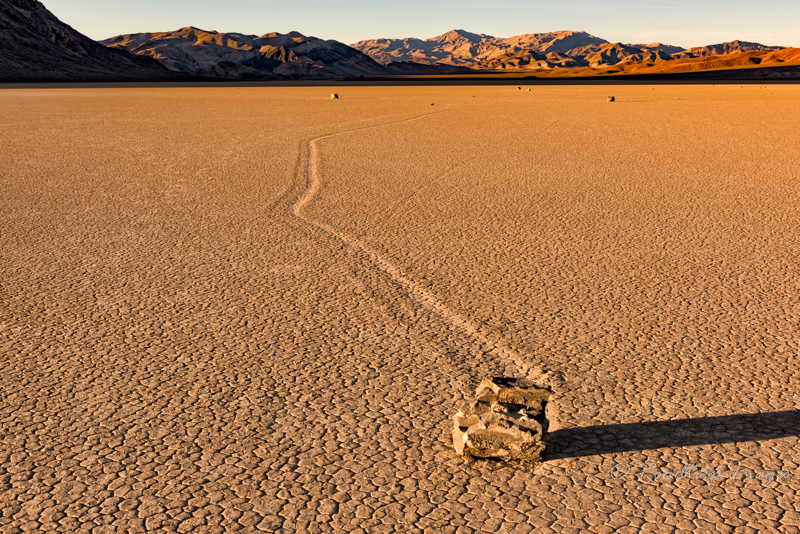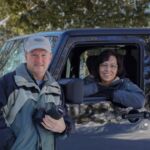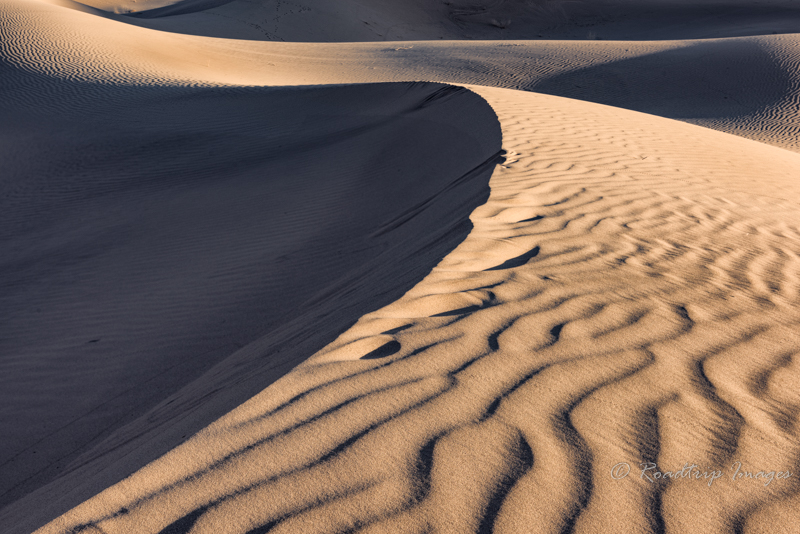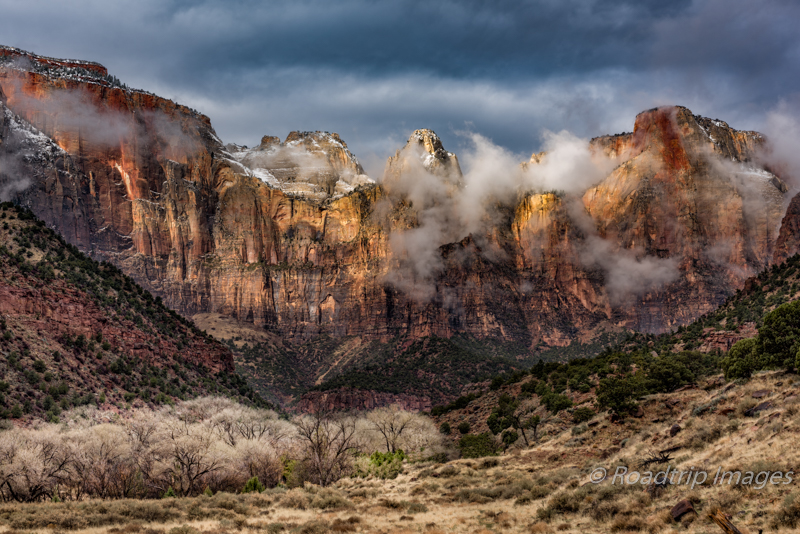
The Sailing Stones of Death Valley (and how they actually move)
The Sailing Stones of Death Valley have intrigued people for years. Only recently have they figured out how they move.

The Sailing Stones
These stones are on a dry lake bed called the Racetrack Playa. They’ve tumbled down from the adjacent mountains and are concentrated at the southeast end of the playa. Some of these stones are pretty large and yet they have long trails behind them marking their movement across the lake bed. How do they do that? Many theories have been suggested. It seemed obvious that the lake bed would need to be wet in order for them to leave the trails. Some speculated that under very strong winds, the wet surface allowed the stones to be blown by the winds. Again, some of the these are pretty large rocks, up to 300 kg. Not very likely. For 70 years people have speculated what caused the stones to move but no one had actually witnessed it.
Recently a team of scientists from Boise State outfitted some stones with tracking devices that could alert the team when the stones were moving. They could then come out and hopefully witness the event. They were prepared to wait many years for this to happen as sometimes they sit for decades without moving. Fortunately they didn’t have to wait that long. What they found was that thin sheets of ice formed when the playa flooded after a rain and then froze at night. A rare combination. This ice encircled the stones and when the morning sun started to melt the ice it would break up into large sheets. Light winds were able to blow these ice sheets around and slide the stones on the slick mud below. The movement was very slow but measurable. Around 2-6 meters per minute. They witnessed some stones move up to 60 meters. Mystery solved.
Getting There
The Racetrack is in the west central section of Death Valley and requires a 27 mile trek down a very rough and rocky dirt road called Racetrack Road. A high clearance vehicle with heavy duty tires is required. Flat tires are said to be common. 4×4 helps. It’s a 2-2.5 hour drive each way depending on how hard you want to push it. Our Jeep Wrangler made it fine. I wanted to be there for the late afternoon sun so we planned to drive back in the dark. As it turned out, the sun dips behind the adjacent mountains long before sunset so we left shortly after. Without the warm evening light the scene just isn’t the same. Even with an earlier start we still ended up driving the last section of the road in the dark.
Making the Photograph
There are lots of stones with trails to pick from. We walked around for several hours checking them out and deciding which ones would make for an interesting composition. Some had trails in one direction while others were in the opposite direction. Must have been different ice/wind events. The stone in the above image had a nice trail and it was “going” in the right direction at sunset. The light hit the trail from the side and accentuated the path the rock had been on. It was also somewhat by itself with only a few other rocks off in the distance.
Because of the interesting patterns on the playa, I knew I wanted the image to be sharp front to back. This would require focus stacking with a foreground this close. I took five images using focus points from just beyond my tripod legs all the way back to the distant mountains. I didn’t think I’d need all five but wanted to be sure. Getting back here for a retake would not be easy. I would blend these together later in Photoshop.
We had a clear sky that day so little visual interest there. I kept it to a minimum. When the sun dipped behind the mountains, we headed back to the Jeep.
Post Processing the Image
The post processing for focus stacking is a little involved and I covered it in last weeks post on the Eureka Sand Dunes so I won’t duplicate it here. You can see that post here. In the end, I only needed three of the five images for each series of shots. Once the images were blended so that I had a sharp photograph from front to back I did some light balancing in Photoshop using the Adobe Camera Raw (ACR) module. The mountains in the background needed to have their value raised a bit. I did some minor enhancing using the Nik plugin Color Efex Pro and also used their output sharpener module. I keep the sharpening subtle, only about 35% otherwise it can get a bit “crunchy”.
Final Thoughts
The Sailing Stones are a worthwhile trip on your list of things to see in Death Valley. It does take some effort to get there with the rough road and five hour round trip travel. If you don’t have a high clearance vehicle they do rent Jeeps by the day in Furnace Creek. Not a lot of people make it out here so it can also be a very serene place to spend a day. They do make for an interesting image. This is probably another of the once and done locations though. It doesn’t change much from visit to visit so unless you have some interesting clouds to include, you’re not going to benefit a lot by going back for a return visit.
As always, you can see higher resolution images on our Facebook page. Please give us a like while you’re there.
Nikon D810 with Nikkor 24-70mm at 40mm. f/8 at 1/25 of a second. ISO 64.
Subscribe and Get Free E-Book!

Comments are closed.




